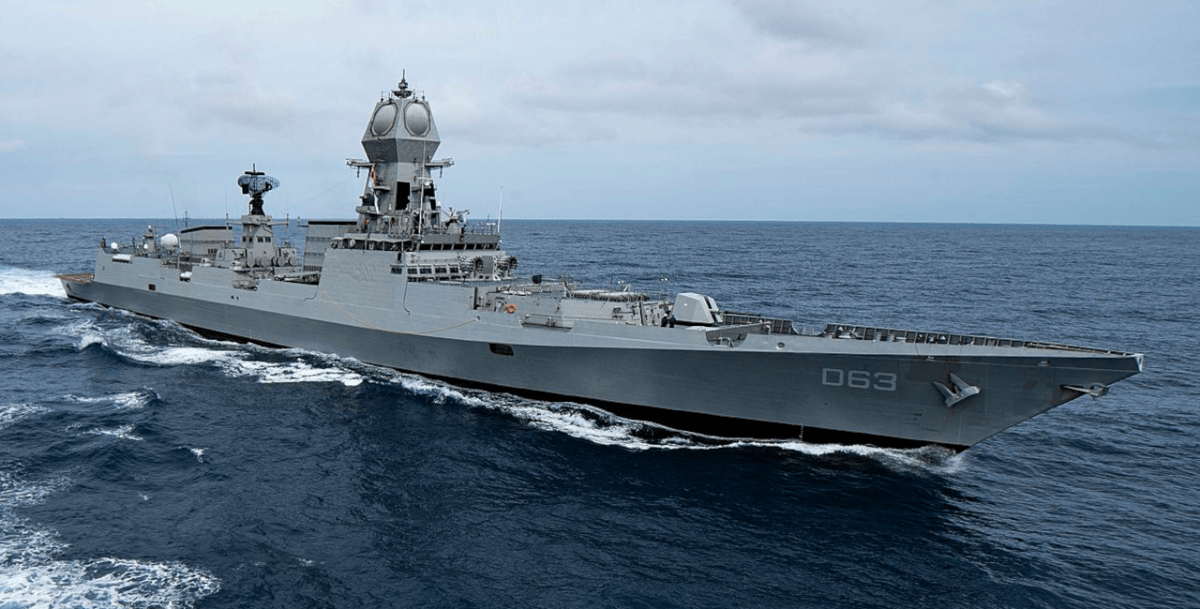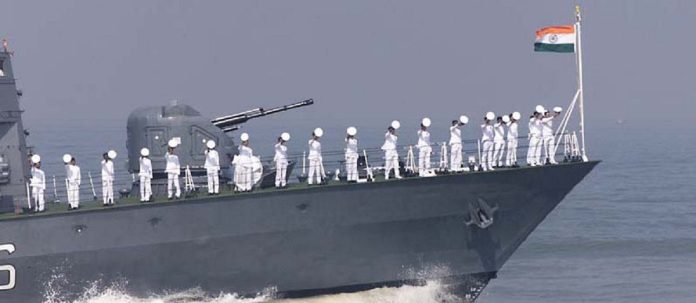- The Chinese threat aftermath of the Eastern Ladakh illegal occupation on the line of actual control (LAC) has woken up the Indian security establishment like never before. This unprovoked aggression and expansionist ambitions of China has opened up the hitherto unguarded terrain converting the same into a war zone. This emerging situation is anything but challenging for the country since the Western borders are always on high alert against Pakistan-sponsored misadventures. Thus, both sides of the borders pose dual challenges to the security apparatus keeping them in perpetual war preparedness mode throughout.

PC: Rakesh Sharma
- Of course, modern warfare is highly evolutionary what with technology-driven newer inventions rendering the platform extremely dynamic. Mind you, despite tremendous advancements in the military strategies, applications, and inventories vis-à-vis the land army and the air force, the seascape also essays crucial role-play as the navy is entrusted with the responsibilities to guard the sovereignty of the vast waters. Against this backdrop, China flexing its muscle in the Indo-Pacific by acquiring the world’s largest navy poses the most consequential strategic battles of this century which will be played out on the high seas.
- As such, India is compelled to reorient its military, which has traditionally been focussed on land-based forces, to boot its naval prowess as well. Thus, it’s welcome news that the Indian navy aims to become a 170-warship force from its current strength of 130 warships over the next decade. Make no mistake, this is absolutely crucial to protect India’s maritime boundaries and cultivate force projection capabilities to counter China’s aggressive tactics, exploiting Beijing’s Malacca Strait Achilles’ heel depends on it. Nonetheless, the pace of India’s naval modernization leaves a lot to be desired.

PC: Kartik Sud
- As reports suggest, the initial plan was for a 200-plus naval force, including both warships and submarines. This was subsequently scaled down to 170 warships by 2027 extending that time by at least another five years. In contrast, China already has 355 warships including at least 50 conventional and 10 nuclear submarines. Note that India currently has just one nuclear-powered submarine with nuclear-tipped ballistic missiles, the INS Arihant. Therefore, the question is if India’s pace and scope of naval modernization are enough. On the other hand, China is estimated to acquire 460 warships by 2030 and now poses a collusive threat with Pakistan, to whom it recently transferred its largest and most advanced warship.
- Thus, India cannot afford to lag. Of course, the target of 170 warships for the Indian navy seems doable given that 39 naval ships and submarines are already under construction in various Indian shipyards. In addition, two more of our warships are under construction in Russia. However, the time taken from contract signing to commissioning of warships is still 8-10 years. Needless to mention, this time frame needs to be drastically cut along with faster approvals and enhanced budgetary allocation for the navy. Needless to mention, the strategic parts of Asia are seascapes, and it is incumbent for India to strengthen its sea legs in due course of time.






